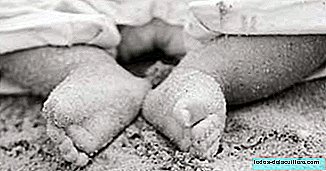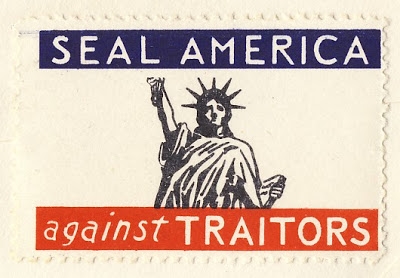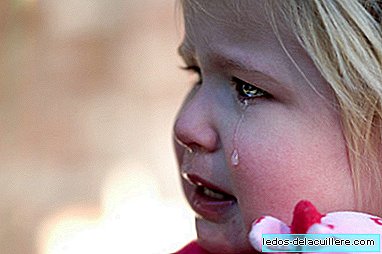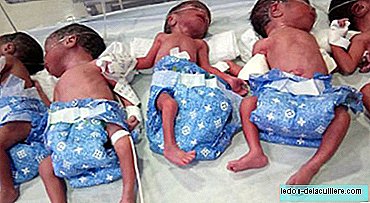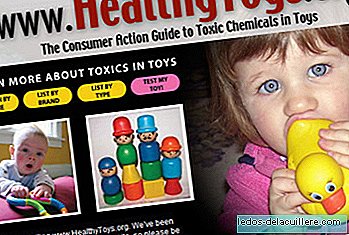
An environmental group (Ecology Center) has set out to reveal the true chemical composition of toys and have carried out an exhaustive analysis on a large number of toys and products for children. The action has been developed in the United States and has shown surprising data, many toys and products that seem to be allowed exceed the authorized levels of some dangerous chemical components such as lead, cadmium, arsenic or PVC among others.
Of the 1,200 articles analyzed, up to 35% had lead in their composition and 17% of them exceeded the limit set by the country's regulations. The same applies to PVC (a plastic obtained from polyvinylchloride), it was detected that up to 47% of the samples analyzed had this element in their composition. Some of the substances that make up PVC are especially dangerous for health and despite this, toys and other utensils are still being manufactured. The truth is that there are many more dangerous substances integrated in toys that exceed the usual sanitary controls. The report of this organization includes all kinds of products, animal figurines, backpacks, shoes, toys, children's jewelry, etc. Some products may not show high levels of lead, but analyzes show other compounds that appear to be high levels dangerous for children's health, such as arsenic or cadmium.
According to the environmental organization, the US government does not do all the necessary tests to verify the health of toys, in the same way it seems that the manufacturers of these products do not worry too much since they do not carry out the necessary exhaustive controls that guarantee their safety.
There is an address on the web, Healthy Toys, that shows all the information necessary to know what products can be dangerous for children, something that can be of great help when choosing a toy or utensil for children.
It is necessary to carry out more controls and more when it comes to child health, surely this situation is repeated in other European countries, the levels of certain elements are controlled and others are ignored. Not only Asian producers fail to comply with regulations.





